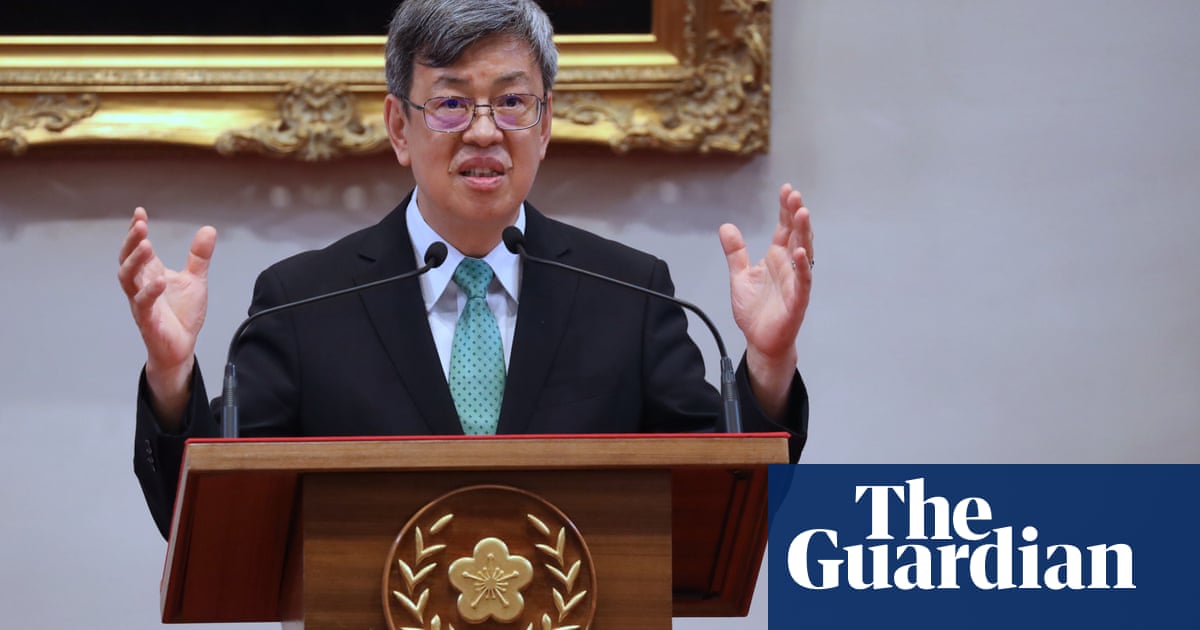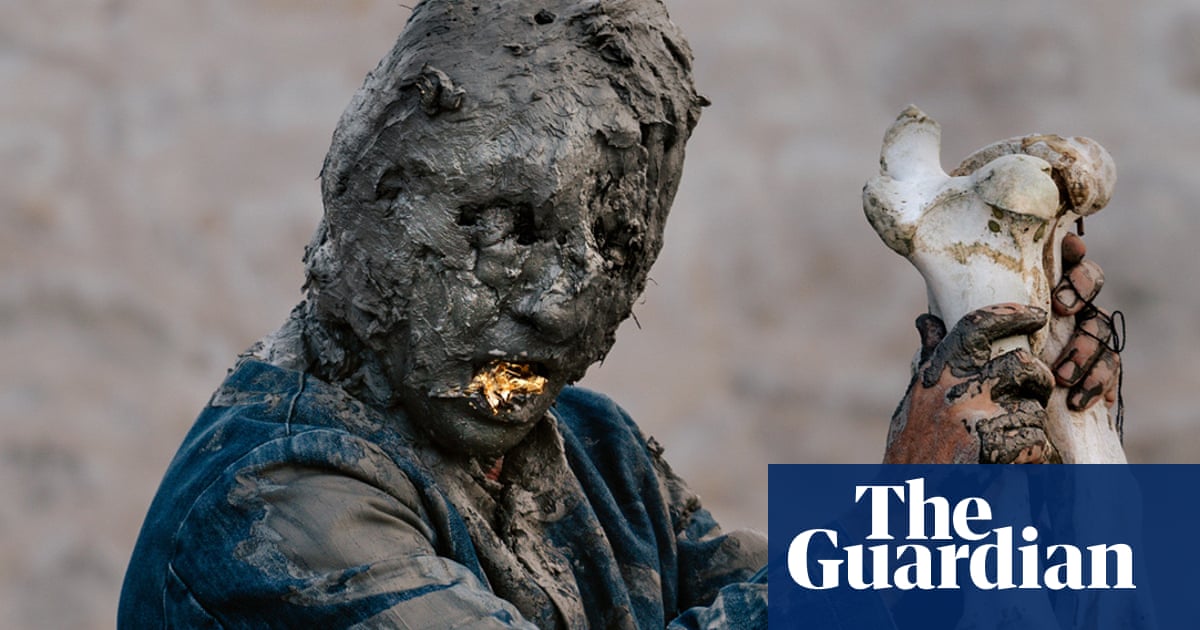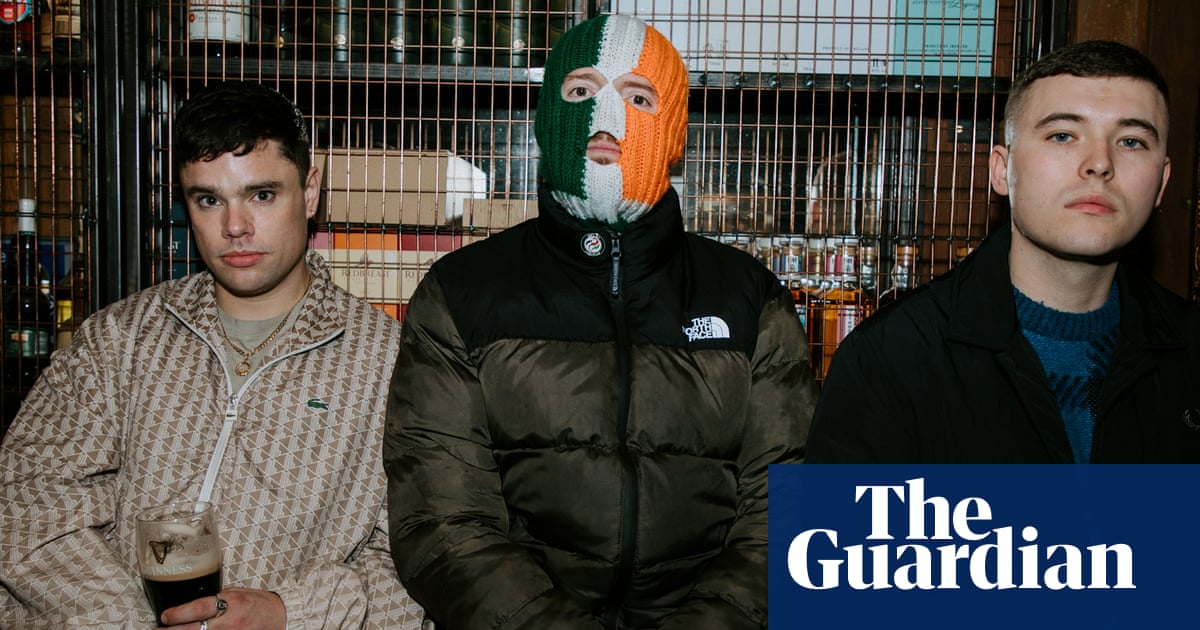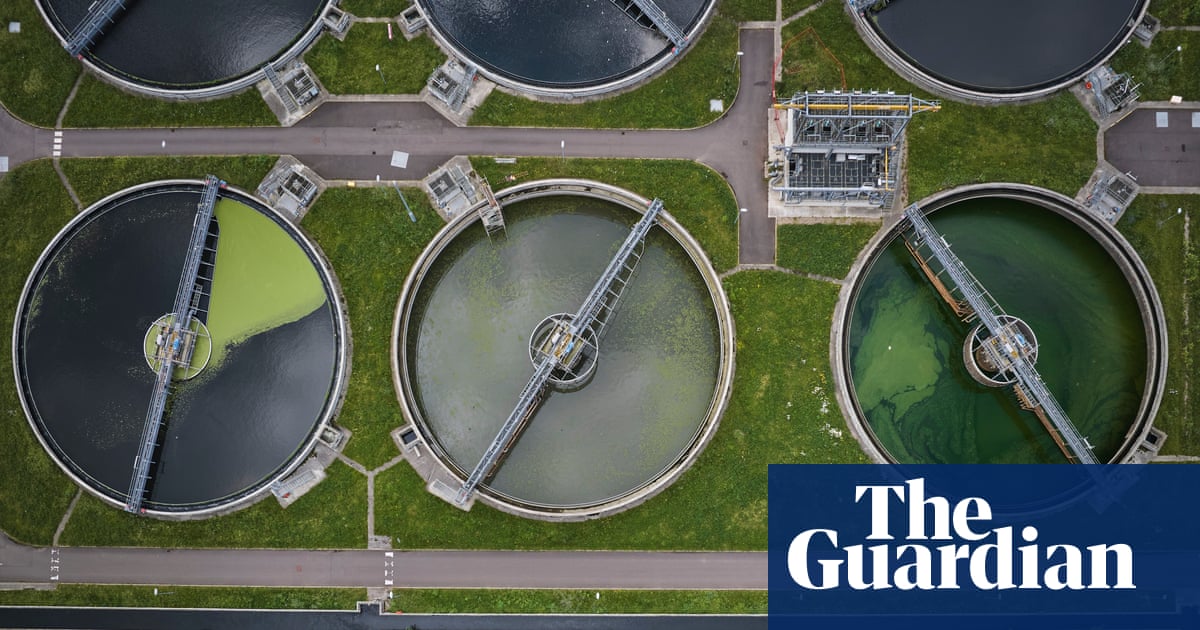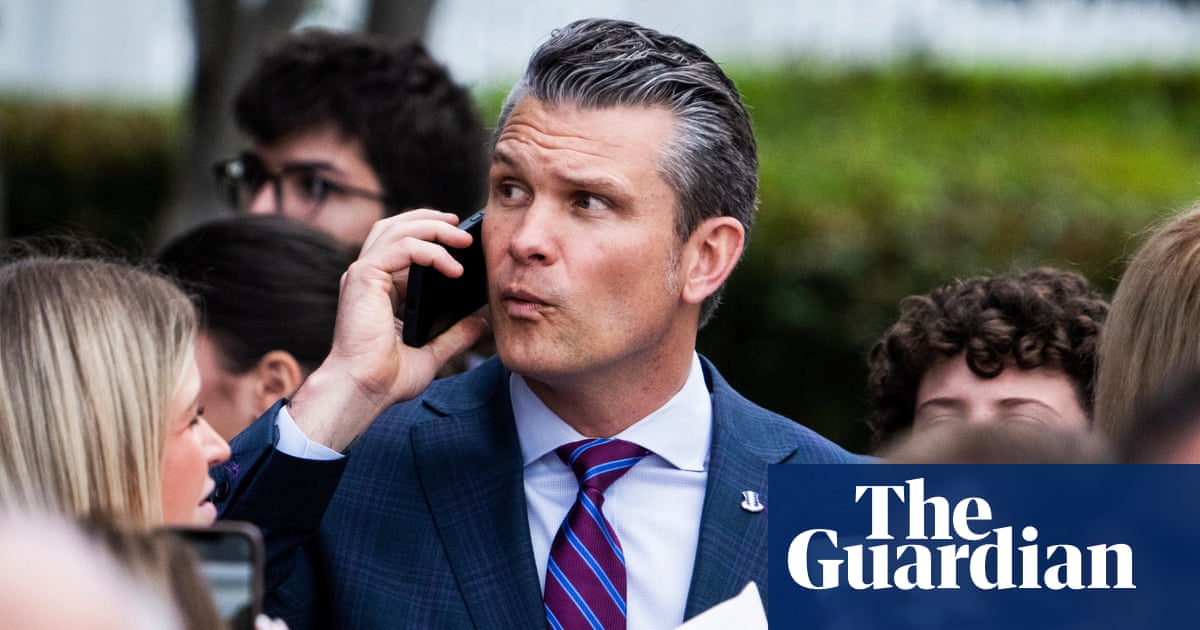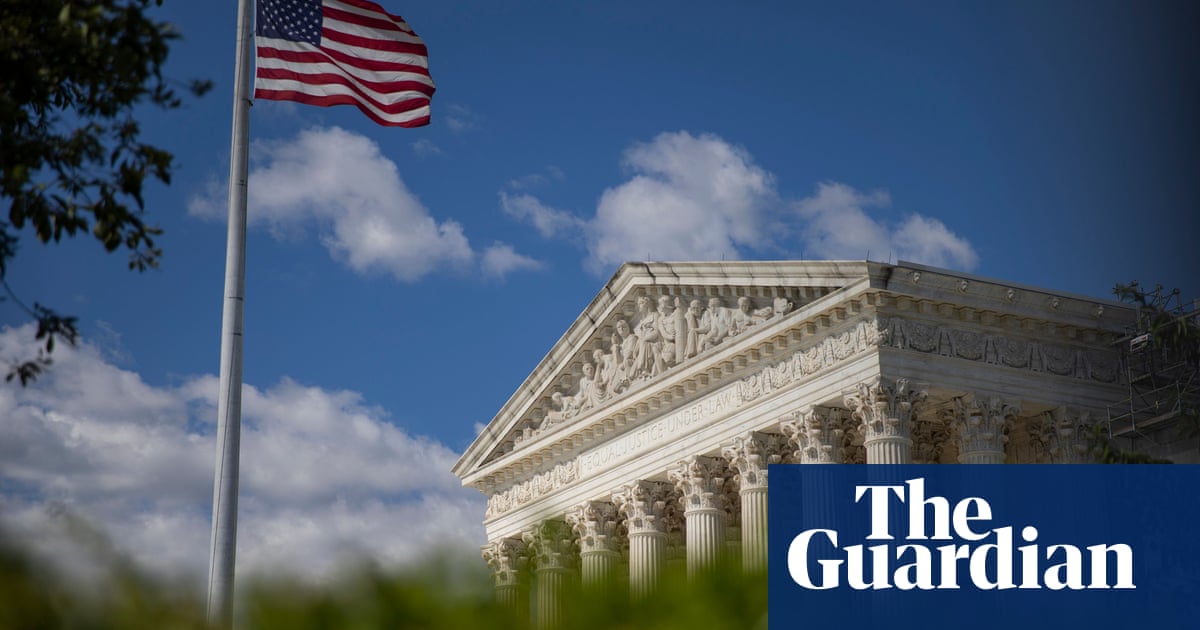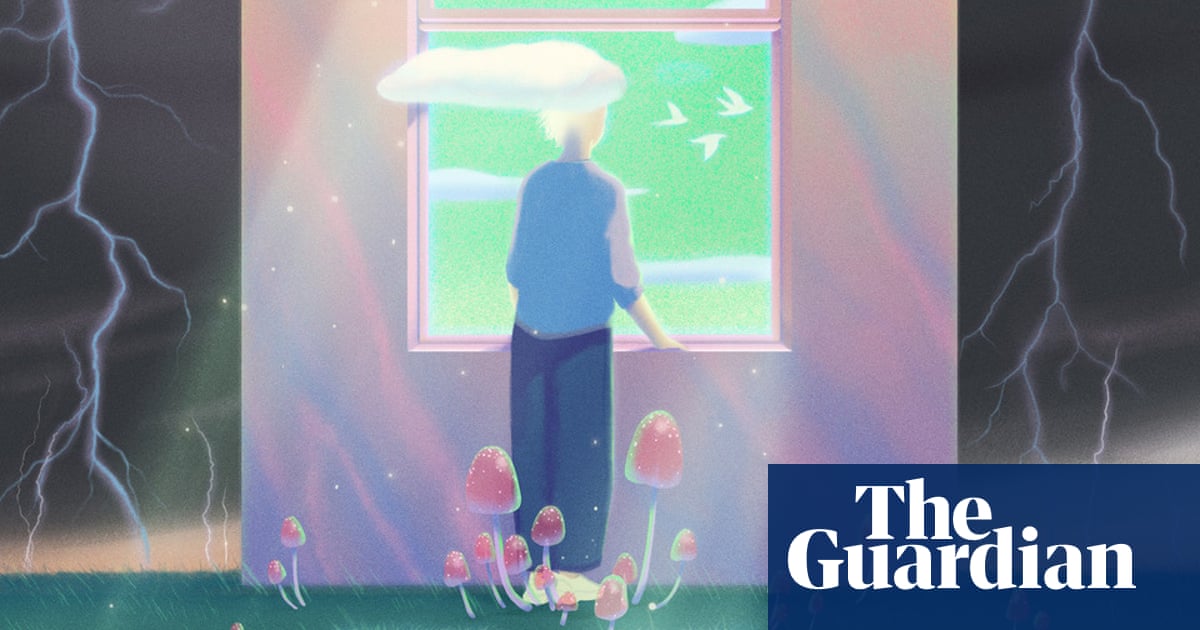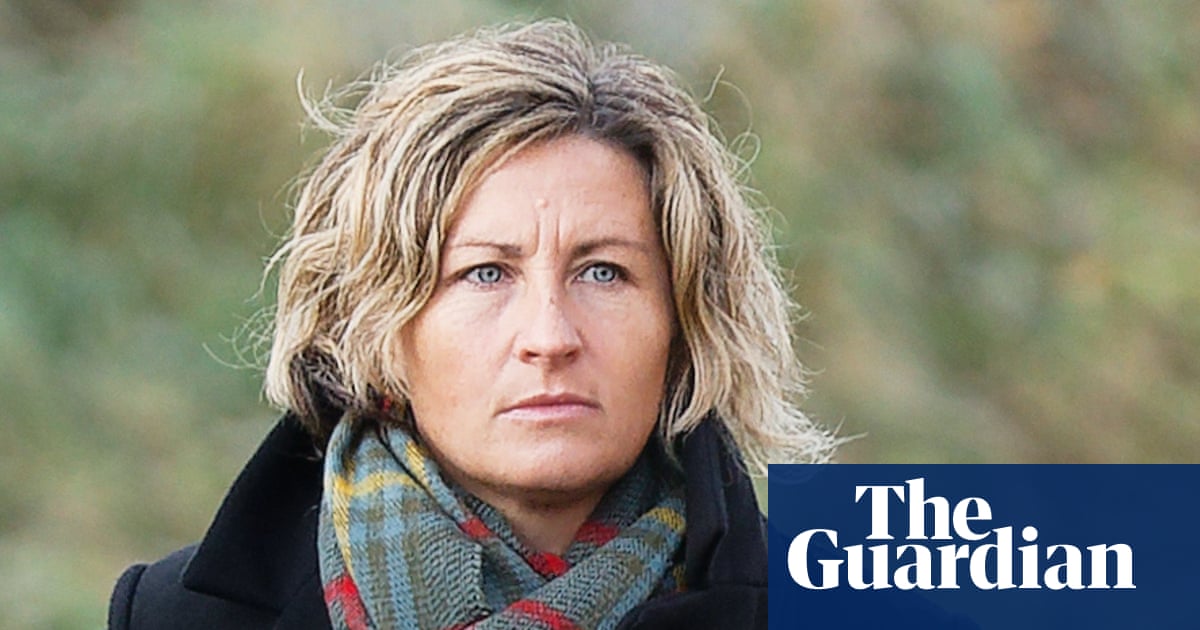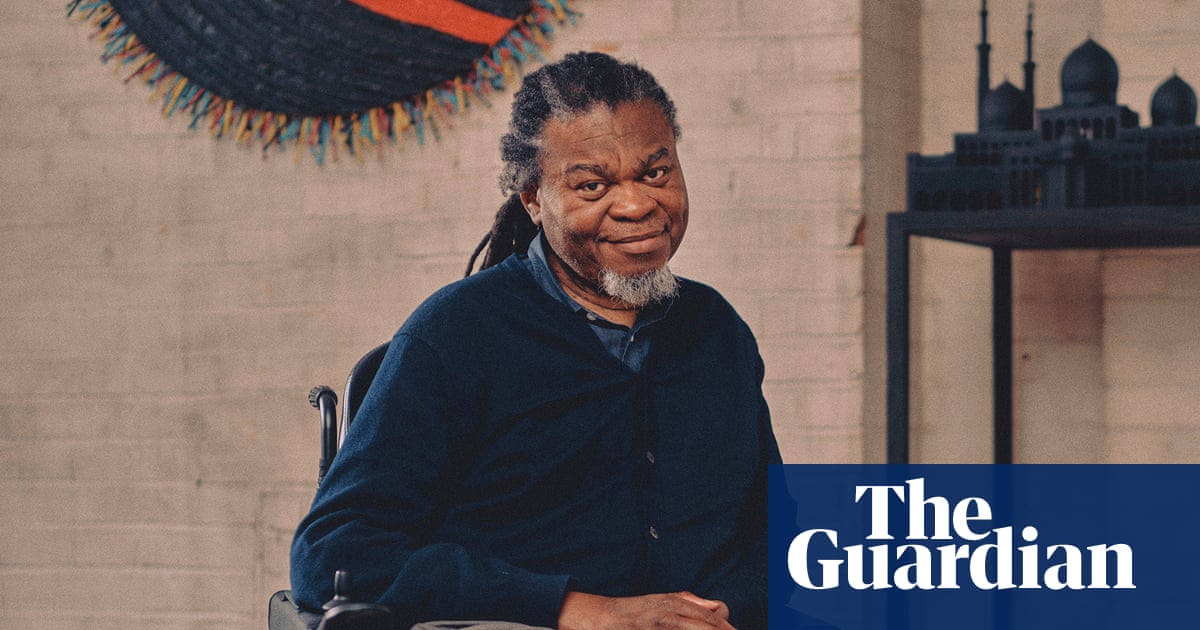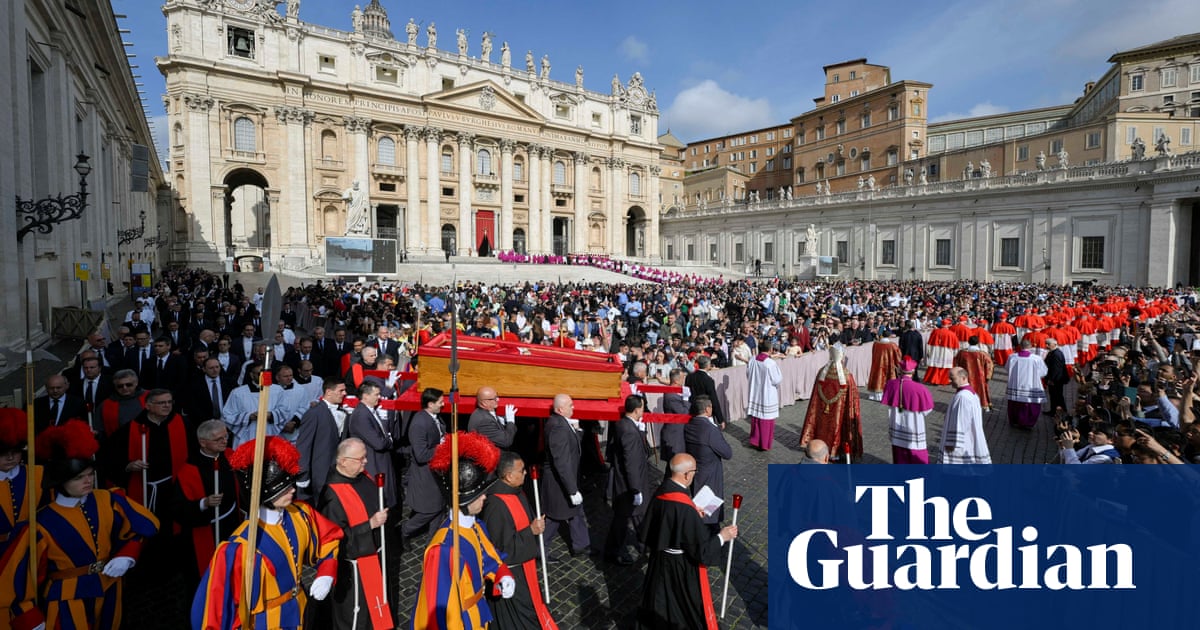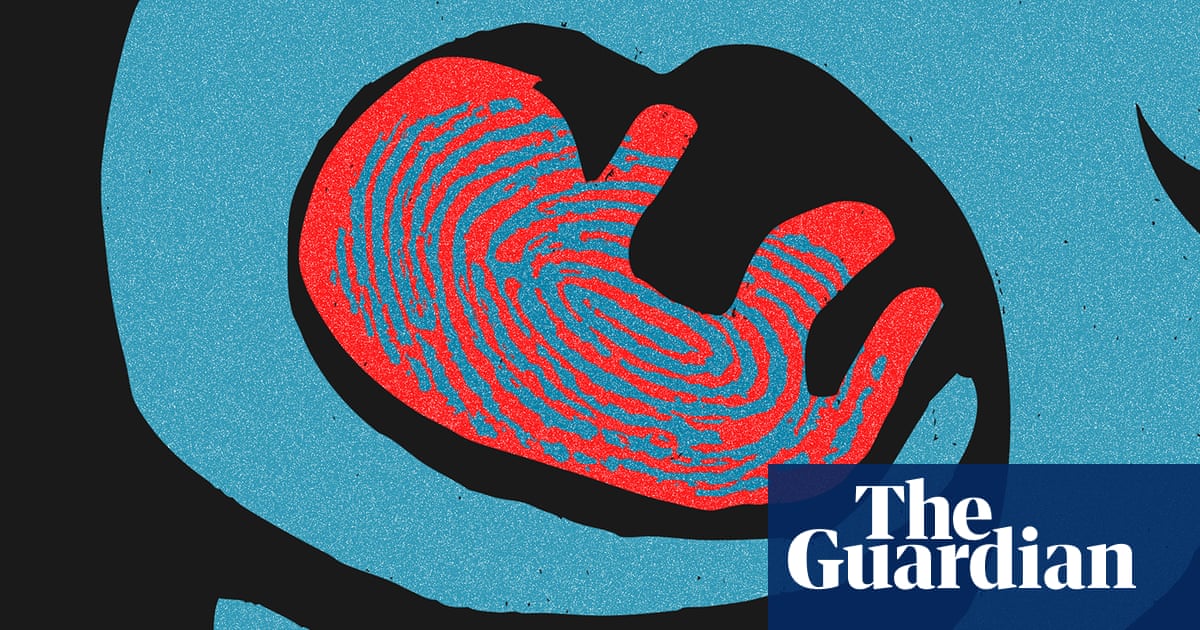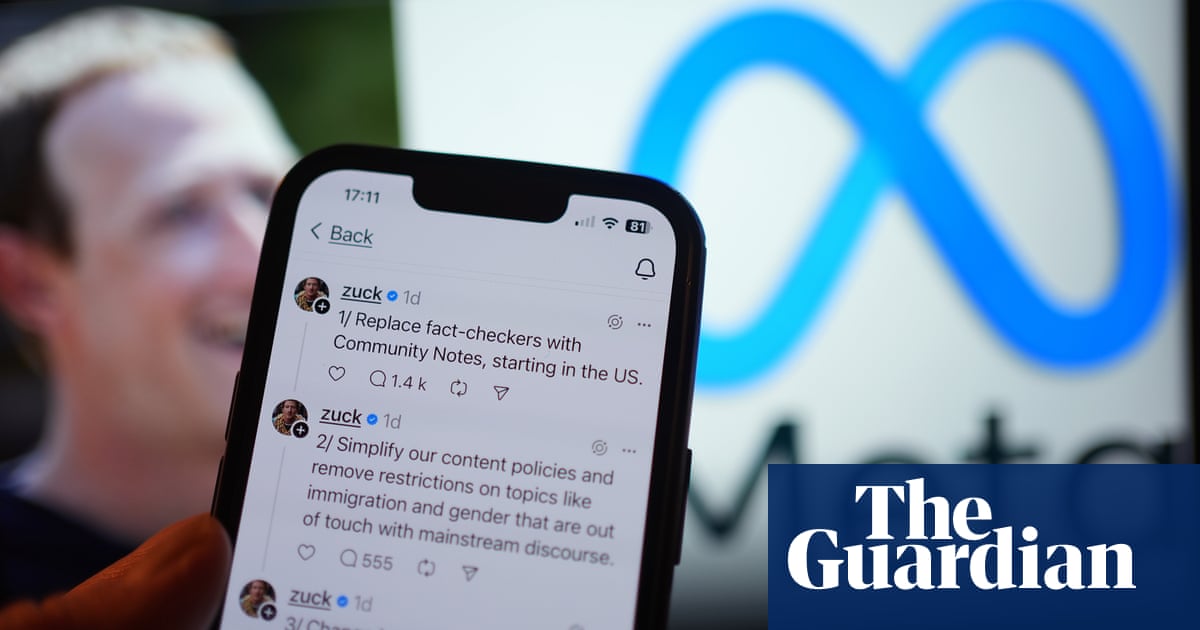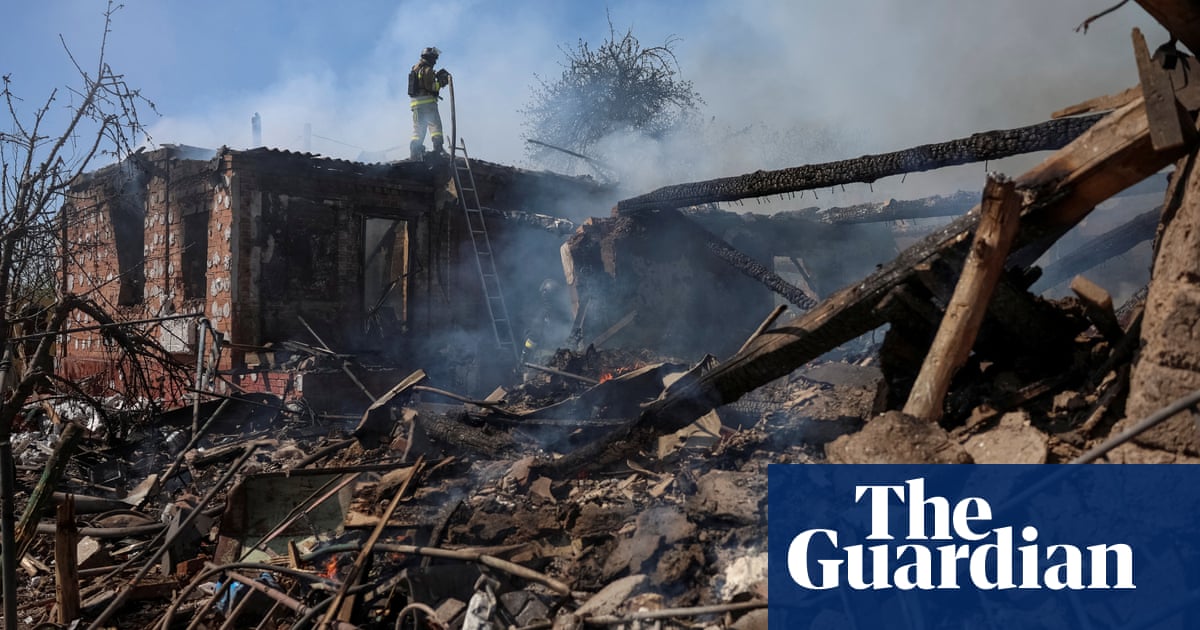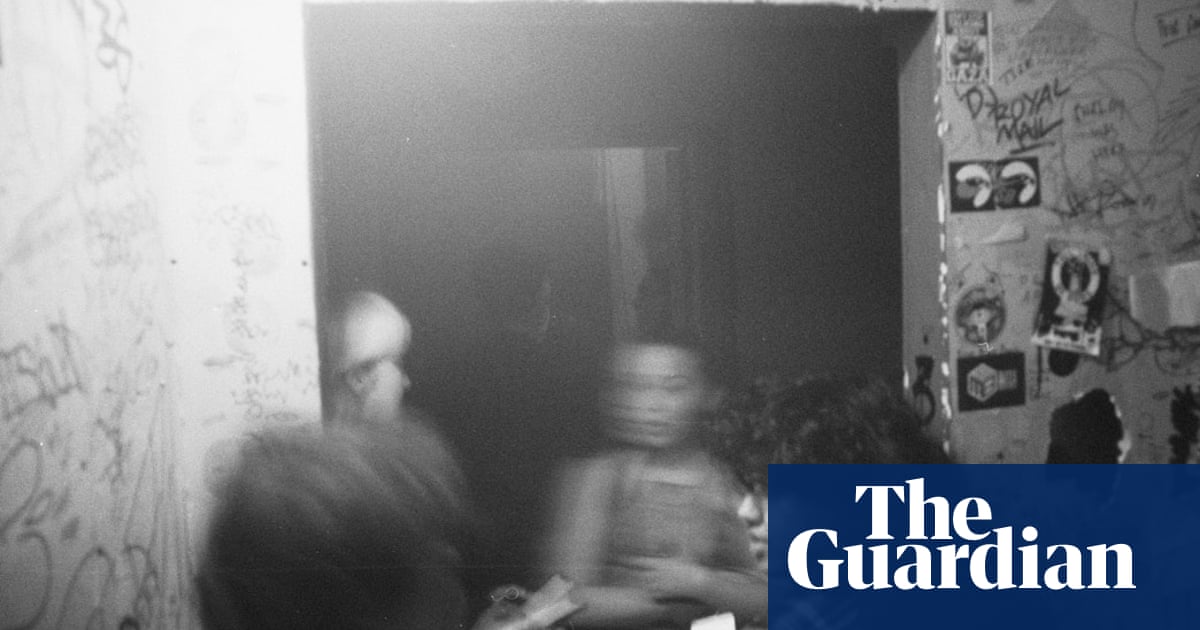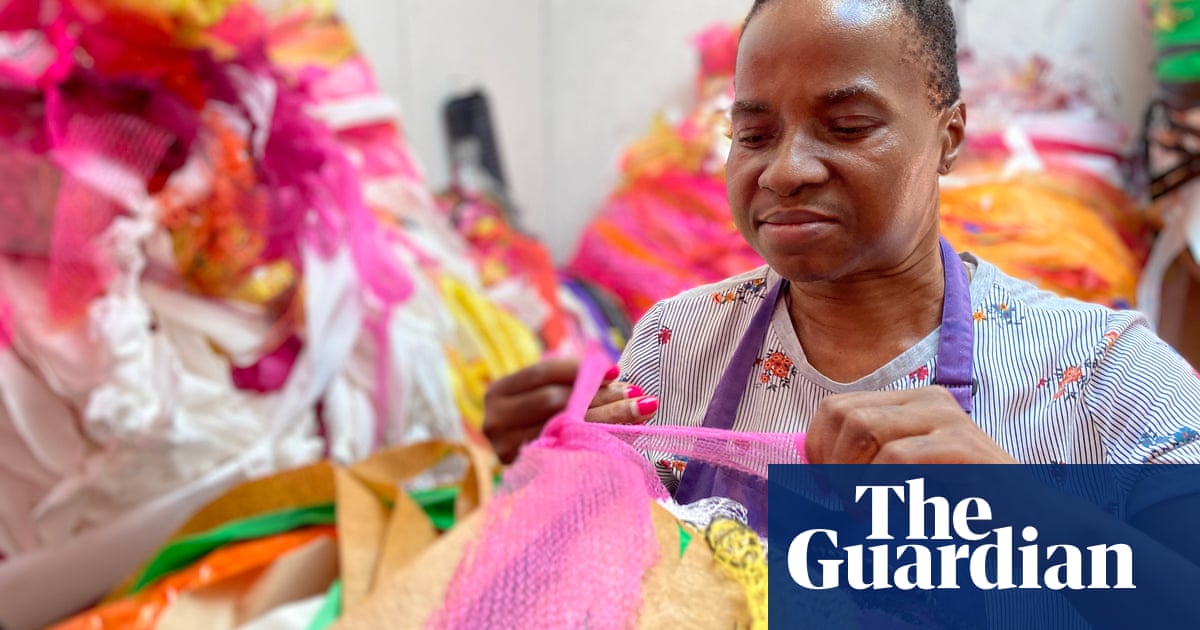The Yanomami villagers had trekked for days through some of Brazil’s most secluded jungles to reach the assembly, their traditional clothing announcing an existence deeply entwined with nature that stretched back thousands of years.
As they filed into a thatched communal hut to share stories of their lives, the forest dwellers wore armlets fashioned from toucan and macaw plumes and monkey-tail headbands representing their bond. “It’s a symbol of unity because these little monkeys never get separated: they always roam together,” said local leader Júnior Hekurari, as the group gathered in Kori Yauopë, a cloud-cloaked Yanomami hamlet on a table mountain at the heart of their ancestral home.

The men who sat before Hekurari in the village’s dimly lit hall had sprinkled their scalps with snow-like vulture down. The women wore spectacular turquoise earrings made from the feathers of a rainforest bird called the plum-throated cotinga. Their biceps were adorned with leaves.
“Today the Yanomami people are no longer crying because our children are no longer dying,” Hekurari told the meeting, recalling how his people had been pushed to the brink of destruction in recent years as tens of thousands of illegal miners invaded their lands and Brazil’s previous government abandoned them to their fate.

Now, however, the 38-year-old Yanomami leader believed things were looking up. Two years after Luiz Inácio Lula da Silva became president and launched an emergency operation to rescue inhabitants of Brazil’s largest Indigenous territory, hunger and infant mortality rates were falling and many miners had been expelled.
“We are recovering,” Hekurari said, publicly thanking Lula for sending hundreds of troops and health workers to his inaccessible region to kick out the miners and save Yanomami lives.
The optimism on show during the four-day summit in Kori Yauopë comes after a profoundly traumatic spell for the estimated 32,000 Indigenous people who live in about 390 villages in the Yanomami territory, a Portugal-sized ocean of rainforest along Brazil’s Amazon border with Venezuela.
Under Lula’s far-right predecessor Jair Bolsonaro, the government largely washed its hands of responsibility as criminal mining gangs stormed the supposedly protected Indigenous area, flattening forests, poisoning rivers, and terrorising Indigenous communities which had had little previous contact with the outside world.
Government health centres were hijacked or burned down by miners and malaria, malnutrition, sexual violence and disease ripped through far-flung villages, as Bolsonaro’s administration busied itself dismantling Indigenous health services and environmental protections. Guns distributed by miners aggravated deadly inter-ethnic conflicts previously fought with bows and arrows and clubs. “If that isn’t genocide, I don’t know what is,” said Ana Paula Pina Borges, a veteran Indigenous health specialist and gynaecologist who is among hundreds of medical workers now picking up the pieces.

At the invitation of the Brazilian government and Indigenous leaders, the Guardian visited the Yanomami territory last month to gauge the success of Lula’s two-year crusade to bring South America’s largest relatively isolated tribe back from the brink.
Five years earlier, Indigenous activists had invited the British journalist Dom Phillips, whose 2022 murder in the Amazon shocked the world, to the same region, hoping he would draw global attention to the 21st-century gold rush putting Yanomami lives at risk. Júlio Ye’kwana, whose people also inhabit the Yanomami territory, took the reporter to Tatuzão, an immense jungle excavation where illegal miners were hard at work. “The world had to know what was happening,” Ye’kwana recalled.

Five years later, the activist had a happier tale to tell as he offered a tour of the village of Fuduuwaaduinha, where he grew up, about 100 miles north-west of Kori Yauopë. “Things are improving,” Ye’kwana said, describing how troops had closed many of the region’s gold and cassiterite mines, including Tatuzão.
At the local clinic – one of many beefed up or reopened by Lula’s government in partnership with the humanitarian group Médecins Sans Frontières – health professionals celebrated the drop in malnutrition and infant mortality since the emergency campaign began.
Ruama Rosendo, one of 36 nutritionists working in the Yanomami territory, compared with just five before, said the centre once received up to 80 patients a day. “Now, it’s 10 or 12 at most,” the 25-year-old added, describing her joy at seeing one emaciated child patient turn into a chubby bundle of fun.

“Hope has returned,” said Maurício Ye’kwana, an Indigenous leader recently put in charge of healthcare in the Yanomami region by the ministry of health.
Massive challenges remain, not least the Indigenous territory’s proximity to the humanitarian meltdown in Venezuela, which is also home to Yanomami communities and where illegal mining continues to boom. Fuduuwaaduinha is only 10 miles from Venezuela and Maurício Ye’kwana said members of the Yanomami and Sanumá peoples, who roam freely across both sides of the border, were bringing back illnesses such as malaria from mines there and contaminating Brazilian villages.

A few days earlier, a Sanumá mother arrived at the clinic near Fuduuwaaduinha after a six-day footslog through the rainforest from Venezuela – which lacks Brazil’s robust national health service – with her listless and underfed baby. The five-month-old boy was airlifted to the nearest Brazilian city for treatment but died. “He weighed 3kg,” said Eliane Balieiro, the nurse who tried to save him, showing a photograph of the skeletal child on her phone.
Nor have illegal miners been completely dislodged, despite government pledges that they would be. During the two-hour flight to Fuduuwaaduinha, at least one active mine could be seen polluting the Uraricoera River, although many others appeared to have been abandoned. A suspected mining plane was seen cruising over the canopy towards Venezuela.

Nilton Tubino, who leads a federal government taskforce coordinating Lula’s eviction campaign, said mining gangs were changing tactics in order to continue their multibillion-dollar assault on nature.
Bush pilots who transport miners and equipment to jungle camps were thought to be hiding their aircraft over the border in Venezuela, where Brazilian troops could not destroy them. To avoid being spotted by satellites, miners were digging pits in even more remote areas under the cover of trees, rather than clearing large chunks of rainforest. Some worked by night, before burying their equipment each morning. “We know there are still places where they’re resisting … [We can’t say] illegal mining’s completely finished and everything’s fine. We know there’s still work to be done,” Tubino said.
Even so, Lula’s anti-mining representative thought major progress had been made, citing reports from Yanomami leaders that villagers were now swimming and fishing in previously polluted rivers. Tubino said the challenge, as the operation entered its “maintenance” phase, was to ensure a permanent government presence that would stop another large-scale mining invasion and help Yanomami communities rebuild.
Activists and health workers fretted what may happen if Lula lost Brazil’s next presidential election, in 2026, and Bolsonaro or someone similar won power. “This is a big risk and we’re very worried,” Hekurari said.

Marcos Kaingang, the secretary for the protection of territorial rights at Lula’s ministry for Indigenous peoples, recalled the harrowing scenes he saw after landing in Kori Yauopë in January 2023, on the eve of the government’s Yanomami campaign. “It was no different to the concentration camps you see in pictures from the Nazi period,” he said of the malnourished toddlers he encountered – not all of whom survived.
Two years later, the mood was dramatically different, as Kaingang stood on the same runway watching healthy-looking Yanomami children play football and helicopters soar overhead, carrying aid parcels and medics to even more isolated areas.
Inside the communal hut, elders took turns to announce news from their areas during what – because mining-related violence had made travelling through the territory hard – was one of their first major assemblies in years.
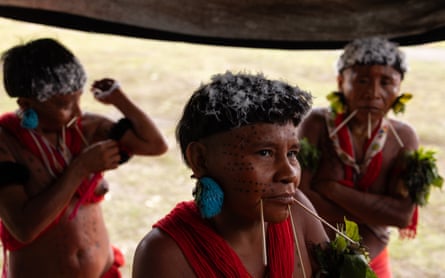
“We suffered so much. We shed so many tears. We lost so many children … we were abandoned for so long,” said Monica Yanomami, a female leader who had hiked two days from a village called Haxiú to reach the event. “Now, the doctors have arrived.”

.png) 2 months ago
24
2 months ago
24


